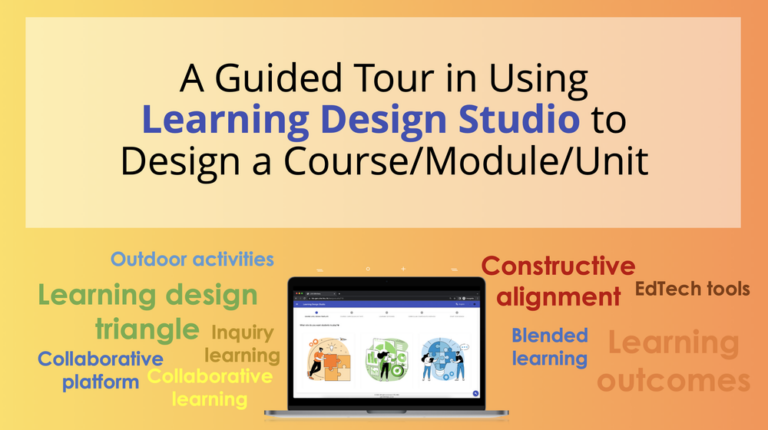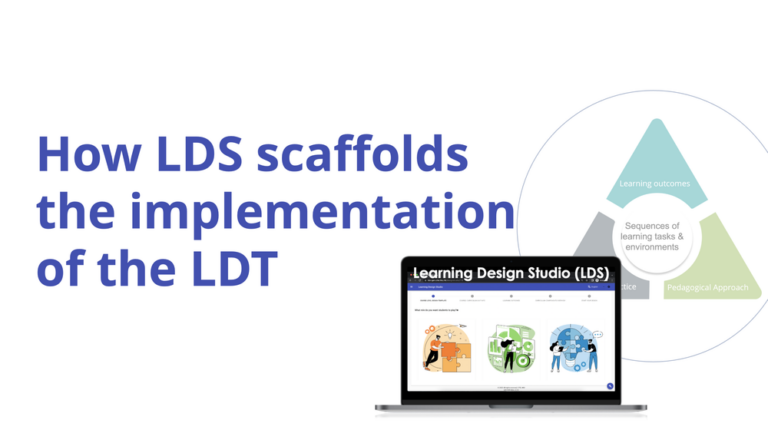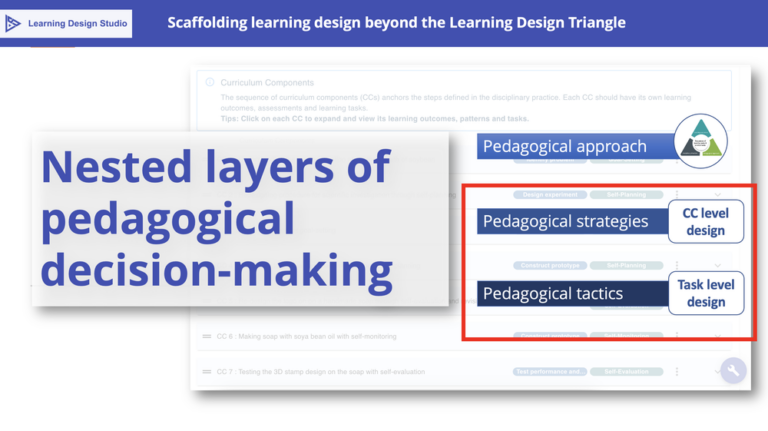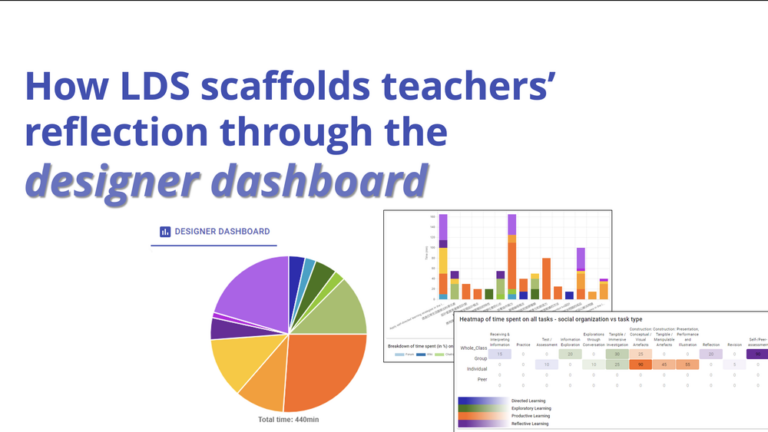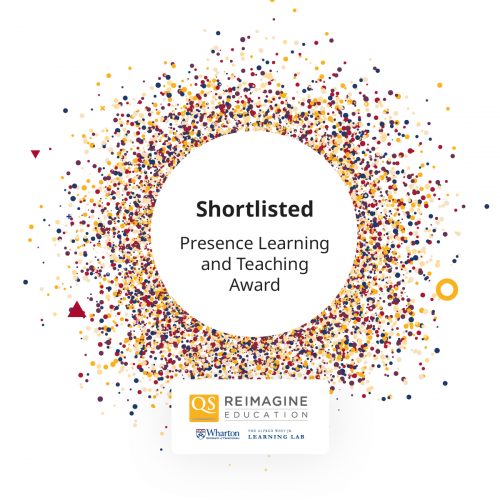What is Learning Design Studio™
Learning Design Studio™ is a pedagogically grounded productivity and collaboration platform for professionals in the Learning Design (LD), Learning Analytics (LA), and Education communities (particularly those interested in using LD to support Teacher Inquiry of Student Learning (TISL)).
The platform provides users with easy-to-use models for learning design in various subjects, supplemented by guidance on setting learning outcomes and curriculum components, and visual analysis on learning design, which will help users have a better overview of their learning design.
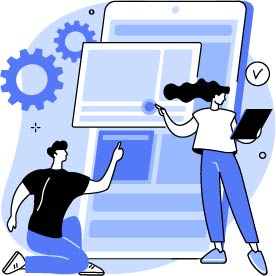
Introductory Videos
Please click on the cover/title to view each video on YouTube.
History
Learning Design Studio for Higher Education (LDSHE) was developed under a Hong Kong Government funded project (ITF/306/15FP), titled “An Open Learning Design, Data Analytics and Visualization Framework for e-Learning”. This is a joint institutional project led by researchers from the Hong Kong University of Science and Technology (HKUST, lead institution), The University of Hong Kong (HKU) and Massachusetts Institute of Technology (MIT).
The aim of the joint project is to serve MOOC users (instructors, instructional designers, institutional curriculum leaders and learning scientists) by developing an open framework that integrates three major e-learning technology components.
- Learning and assessment design models and tools that guide and support E-learning course design and the advance planning of specific learning analytics and evaluation requirements.
- Analytics methods, including learning behavior analysis and predictive analytics, for facilitating personalization of online learning and improving the retention rate of MOOC courses
- Visualization interfaces for understanding the huge amount of raw data collected by MOOC platforms as well as the analytical results.
Our Team and Mission

We are a team made up of educational researchers, K-12 teachers, learning designers, programmers, multimedia designers, ect. Working under the Centre for Information Technology in Education (CITE) in the University of Hong Kong, we strive to develop a learning design platform for teachers from K-12 education and higher education to get inspired by each other and deepen their understanding of self-directed learning.
Conceptual Framework
A common design language is required for the collaboration platform. The LDS pattern language, inspired by existing pattern languages, is innovative in that it provides a formalism (or language) which can be used to construct design patterns at different levels of granularity in learning design (Law et al., 2017) such the number and characteristics of the patterns that can be constructed is not limited to a fixed number as in the case of the existing pattern language. This pattern language is being extended such that it can be used to specify LA tools and visualizations for LD patterns represented in the pattern language.
The LDS pattern language facilitates design thinking as well as provide strategies and tools that foster and support designs that align with design principles such as LO-oriented, self-directed learning, in-time feedback, etc.
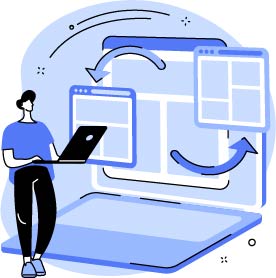
The above video introduces the conceptual framework underpinning the Learning Design Studio. It was created for presentation at the QS Reimagine Education Award competition after being shortlisted for the “Presence Learning and Teaching Award”. The title of the entry was A Learning Design Framework and Technology Tool to Promote Learning Design as Multilevel Pedagogical Practice.
The QS Reimagine Education Award was set up to recognize projects that bring education in line with the changing socioeconomic realities marked by imagining and implementing steps necessary to bring education in line with technological progress, i.e. reimagining education for a fully digitalized, fully connected world.
Task Types
The Learning Design Studio provides a well-structured ontology of 12 task types grouped under four categories as listed in the table below. These task types help to make explicit the nature of the learning experiences designed for the learner.
| Directed Learning | |
| Receiving & Interpreting Information | |
| Practice | |
| Test / Assessment | |
| Exploratory Learning | |
| Information Exploration | |
| Explorations through Conversation | |
| Tangible / Immersive Investigation | |
| Productive Learning | |
| Construction: Conceptual / Visual Artefacts | |
| Construction: Tangible / Manipulable Artefacts | |
| Presenatation, Performance and Illustration | |
| Reflective Learning | |
| Reflection | |
| Revision | |
| Self- / Peer- assessment | |

